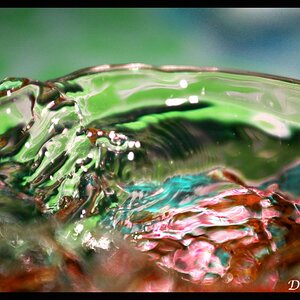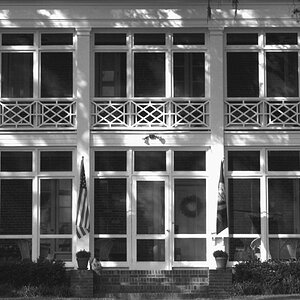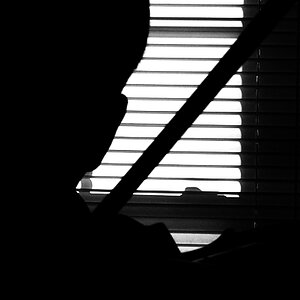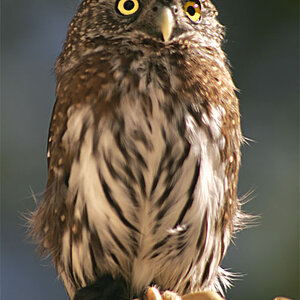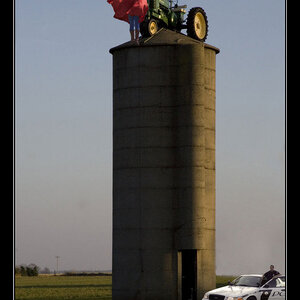mimstrel
TPF Noob!
- Joined
- Jun 27, 2008
- Messages
- 121
- Reaction score
- 1
- Can others edit my Photos
- Photos OK to edit
I'm not sure if I should post this here or in the Equipment area. I took a risk buying a lens that I wasn't sure would fit on my camera. I found one review online that said it would work with Nikon non-AI cameras, so I thought, "Well if it doesn't, its a $15 lens including shipping, and I'm only buying it to screw around anyway, it's not like I expect it to be anything good."
Well, it arrived in better shape than expected... but of course doesn't fit my camera. It has some kind of conversion ring on it already - just not one that fits Nikon - so I started wondering, is there an economical way to convert it to work with my Nikkormat?
The lens is a Sun-Zoom Macro lens, 60-150mm, multi-coated. Like I said, it was a cheap eBay lens for me to play around with, so I'm not up for spending a lot of money on it.
Thanks!
Well, it arrived in better shape than expected... but of course doesn't fit my camera. It has some kind of conversion ring on it already - just not one that fits Nikon - so I started wondering, is there an economical way to convert it to work with my Nikkormat?
The lens is a Sun-Zoom Macro lens, 60-150mm, multi-coated. Like I said, it was a cheap eBay lens for me to play around with, so I'm not up for spending a lot of money on it.
Thanks!






